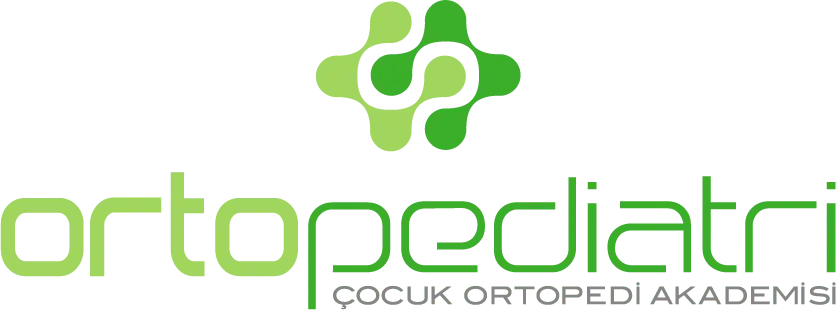Perthes Disease
It is manifested by claudication and limping during walking of the children. Early diagnosis is of paramount importance in the treatment of Perthes, which is 5 times more common in boys than in girls.
Risk Factors For Perthes Disease
Perthes disease is caused by the disruption of the blood supply in the rounded head at the uppermost part of the thighbone which is called femur. The disease which occurs at the age of between 4 and 8 is seen in one out of every 10.000 children. Perthes usually affects a single joint. Sometimes it occurs in both hips. In this case, it is necessary to be careful during the diagnosis as it can be confused with the other diseases. The cause of the disease is unknown. However, researches have shown that although the definite cause of the following predispositions is not known, they pose a risk for Perthes:
Attention deficit hyperactivity disorder
Countries with low socio-economic status
Perthes in the family history
European and Asian races
Delivery with low birth weight
Being in a smoking environment (being a passive smoker)
Signs pf Perthes Disease
Perthes is manifested by pain in the thigh and hip, and limp and claudication in the leg. These signs can sometimes be very mild or sometimes very severe. In very rare cases, shortening in the leg may also occur. Therefore, it is useful to consult a pediatric orthopedist if a child often speaks of pain and if there is a limp during walking.
Methods Of Diagnosis İn Perthes Disease
An x-ray examination is required together with the physical examination. In general, it is possible to diagnose the disease by X-ray. The problem may not be noticed on the X-ray film in the very early stages. In this case, if the pain of the child does not relieve, an X-ray is should be taken again for the purpose of control. Although there are some cases for which a MRI or scintigraphy is recommended by the pediatric orthopedist, the x-ray film alone is usually sufficient.
Treatment Of Perthes Disease
Treatment of Perthes disease varies according to the age of the patient and the severity of the disease.
Although the child is allowed to walk on his/her feet, he/she is not allowed to engage in sports activities. Resting is recommended if the child's pain increases, and the pain is eliminated at the end of this process.
The main goal in the treatment of Perthes disease is to maintain the joint range of motion. Thus, the head of femur (thigh) is provided to develop in a spherical structure. The treatment of Perthes disease continues until the child's bone development is completed. After recovery, no problem is observed during early adulthood. However, calcification of the hip can be seen at the age group of 50 or 60.
Perthes disease has four stages. Patients usually encounter the first signs during the second stage and consult a physician. Bone death occurs in all or part of the femur head when progressing from the third stage to the fourth stage. The body creates new bones in place of the dead tissues. The aim of the treatment during the reconstruction phase is to keep the femur head inside the socket of the hip joint. For this purpose, a number of surgical operations are performed by the pediatric orthopedists, when necessary. A treatment accompanied by an observation and physical therapy protocol may be preferred in the cases which are late diagnosed and noticed in an advanced stage, and the surgical therapies are planned as the child grows up.

